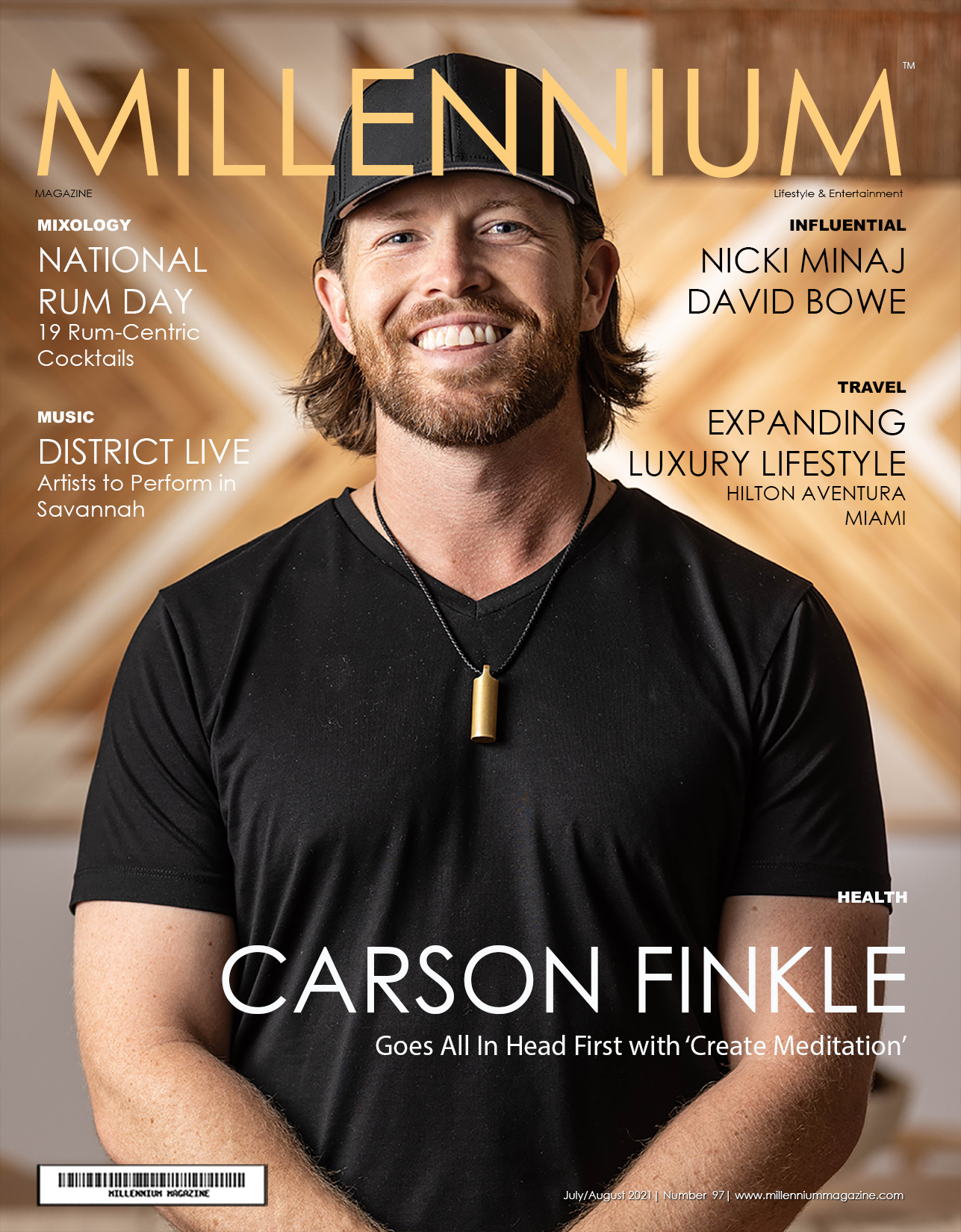By Dr. Nina Radcliff
Dr. Nina’s What You Need To Know About Calories, Exercise, and Alternatives
Imagine looking at two bags of potato chips while reading the calories but also seeing a label informing you on each that you could burn off the calories in a serving by jogging for 10 minutes, while the label on the other bag says you would have to jog for 40 minutes. Would that help you decide which snack to buy? In one recent survey, over half of the respondents said, “ yes” it would.
A recent report indicates that “Activity Equivalent” calorie labeling (or symbols) may provide a quick way to understand the amount of exercise needed to expend the calories consumed, in hopes that it will change behavior – or help us be more mindful. Most people are unaware of how much work it takes to shed calories from some of our favorite snacks and beverages—and doing so might make us think twice.
In the United States, all boxed and packaged food items are required to present a nutrition label that includes calorie, fat, and other information. However, many people find the current numerical values confusing and we are not always sure what it means. (Should we care about folic acid more than riboflavin? How much is a gram of sugar?) And there is some research to show that symbols, such as activity equivalent calorie labels, are easier to understand. These efforts to find new, innovative ways to help consumers make wise choices stem from the fact that overweight and obesity levels have skyrocketed over the past twenty years. In fact, today, more than two-thirds of American adults are classified as overweight or obese.
While this new form of proposed labeling may not be put into practice, there are some wise principles that are worthy of discussion and can help our understanding when it comes to what we choose to consume.
What are calories?
Calories are a unit measurement of energy, similar to how we use the terms watts or Joules. Our body needs energy to fuel all the amazing feats it performs—walking, talking, thinking, digesting, and fighting germs. On average, adults need 2000 calories a day; this number varies with gender, age, and physical activity levels. When we consume more calories (energy) than we expend via bodily functions and physical movement, the calories become stored in the form of fat for use at a later time.
Why do we store fat?
Mother Nature created our bodies to save for a rainy day. In primitive times, there was uncertainty to when the next meal may come. And storing extra calories as fat allowed the body to keep the flow of energy going even during times of starvation. Today, we are no longer hunter-gatherers, and for the majority of Americans, food is grown on commercial farms and sold in stores. And this creates a conundrum when there is food aplenty that is calorie and fat dense.
Are all calories created equal?
No. In addition to providing our body with energy, food also has nutritional value—vitamins, minerals, proteins, antioxidants—and other healthful characteristics that help our body run efficiently. Fruit, veggies, legumes, nuts, poultry, and other lean meats are some examples of nutritious foods. Conversely, junk food describes food that is rich in calories, fat, and salt but poor in nutrition. Unfortunately, junk food is often convenient, affordable and tasty from the salt, sugar, and other artificial flavorings – all creating mayhem with our health.
How many calories are in my favorite breakfast items?
A plain bagel contains approximately 245 calories; a glazed donut 260 calories; a medium blueberry muffin 426 calories; and a large bowl of sugary, kid’s cereal without milk can easily top 200 calories.
While the calorie counts are not necessarily astronomical, these items are comprised of too many teaspoons of sugar that have no nutritional value. And sugar causes a surge in insulin levels which cause blood sugar levels to drop, and our body to crave for a quick fix to elevate it (a roller coaster effect). Additionally, added sugar has been shown to wreak havoc on our heart, increase our risk for diabetes, and increase wrinkling and sagging of our skin.
How many calories are in my favorite snacks?
An individual sized potato chip bag contains approximately 160 calories; a chocolate bar 200-400 calories; 10 small jelly beans 41 calories; a slice of yellow cake without frosting 240 calories; and 140 calories for a scoop of ice cream.
How many calories are in my favorite beverages?
Water contains zero calories. And a can of soda on average 140 calories; a can of regular beer 155 calories; 5-ounces of red wine 125 calories; and a can of an energy drink 110 calories.
How long do I need to exercise to burn 500 calories?
A 160 pound adult would need to walk at 3.5 miles/hour for 80 minutes; jog at 6.5 miles/hour for 40 minutes; cycle in spin class 39 minutes; play racquetball 46 minutes; mow the lawn 60 minutes; swim laps 53 minutes; and Zumba 50 minutes. It is an awful lot more than most people realize! And brings some credence to the saying that a moment on your lips can mean an eternity on the treadmill or bike.
Can I exercise my way out of a bad diet?
From a practical perspective, exercise, while critical to a healthy lifestyle, is never going to be an effective way of losing weight, unless you have the training schedule – and the willpower – of an Olympic athlete. (Note: the vast majority of Olympic athletes do not follow a bad diet). Consequently, eating habits have to change to a much lower calorie intake, much lower body weight, and we would be fitter as a result because we would be able to do more physical activity. So, when it comes to losing weight, there is only one real choice—stop eating so much food.
While activity equivalent calorie labeling may not come to fruition, the information that proponents seek to implement are worthy of review and understanding. By reading the current nutrition labels, and having clarity on what calories mean, including how much exercise is needed to burn them, it may help us make healthier choices, or consume smaller portions. It can be a powerful health booster.

























